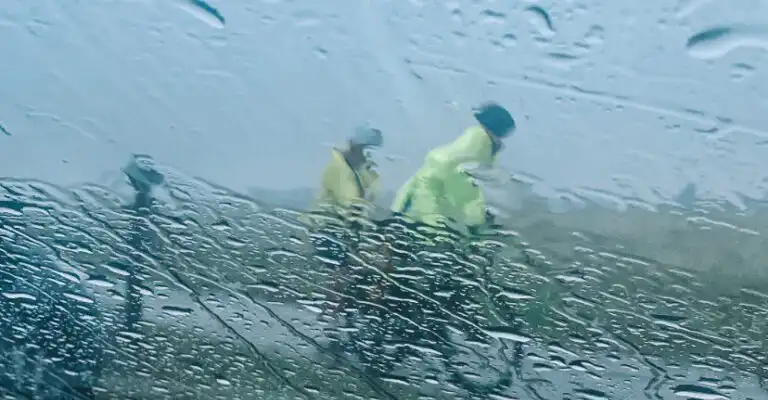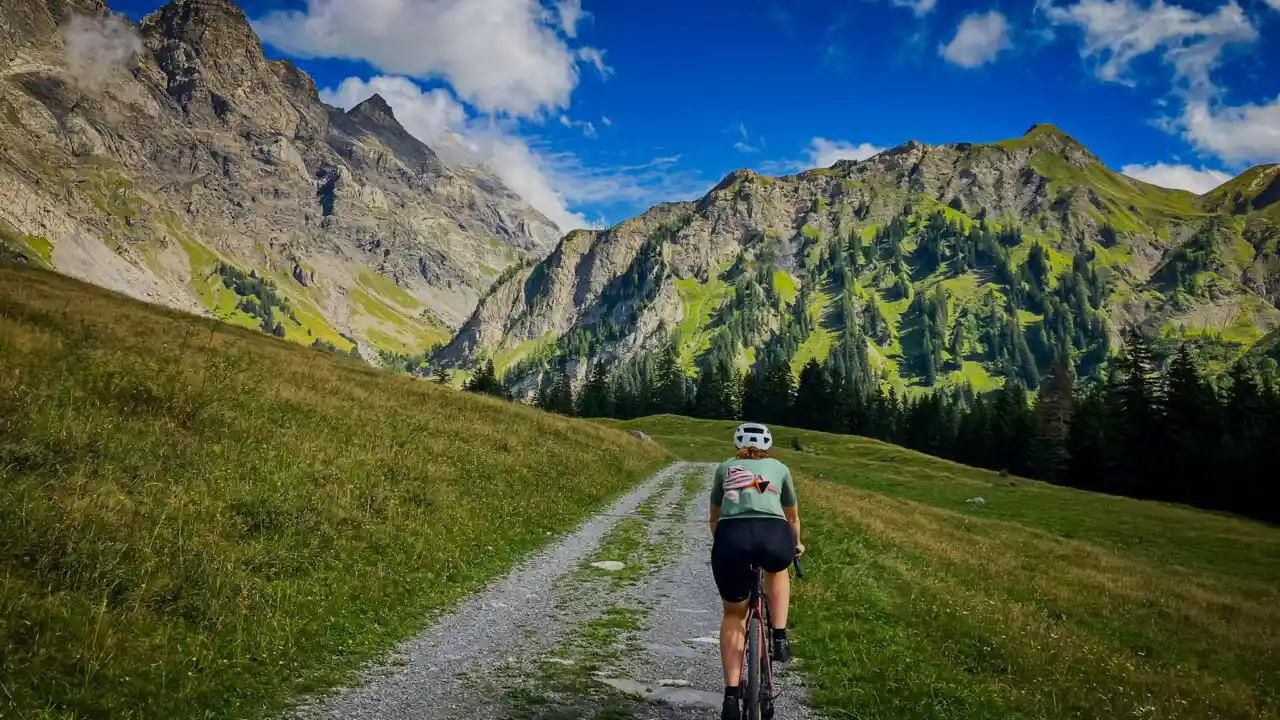In 2021, we teamed up with Mountain High Chasers Erwin and Erwin to create great stories. Stories that mainly include Classic Rides, such as the Angliru Whether the Col du Grand Saint Bernard. They were also out with us in beautiful Valais-Wallis, for a adventure in Anzere. That adventure was also published in Cycling magazine. So enjoy. We continue to create great stories, about classic climbs or beautiful areas, from which you can get great route and cycling inspiration again. This time, we have landed in France, in Alsace. The three balloons of the Vosges. Who wouldn't want to have ridden those? We cover them in three bite-sized chunks. Cycling in Alsace: Ballon d'Alsace
By Erwin & Erwin - Mountainhighchasers
A balloon or three
In 2014, I bought my first bike. Before then, I didn't have much with bikes, I hardly looked at them and I was even less aware of all the unwritten rules. Until 2014, that is. That same year, I fell in love with cycling and everything about it. Partly due to a classic ride through the French Vosges Mountains.
The Vosges mountains
Before I went here in 2014, I had honestly never heard of the Vosges Mountains. And that despite driving past it hard every year on the way to the Alps. Vosges is a medium-high mountain range and, at 600 kilometres from Utrecht, is an ideal location for a long weekend away. If you have never cycled in the mountains before, this is a great destination par excellence. There are friendly climbs, nice descents and generally the road surface is good.
A well-known cycling event in the Vosges is the Trois Ballons. I don't want to talk here directly about the Granfondo "Les 3 Ballons" (although I can recommend everyone to put it on your bucket list), but about the great climbs in this region. In a series of three, we dish you up the three "big" balloons of the Vosges.
- Ballon d'Alsace
- Le Petit Ballon
- Grand Ballon
Every climb has its own fine points. That is why, in this first article, we discuss the Ballon d'Alsace. Because cycling in Alsace, and especially the Ballon d'Alsace, deserves proper attention.

Back in time
Every climb does its best to get a place on the honours list of the race of all races, 'the Tour de France'. And not entirely unjustifiably, the Ballon d'Alsace also participates. In 1905, this pass was climbed by the peloton, thus going down in the books as the first ascent of the Tour de France. At the summit of the Ballon d'Alsace, this is subtly commemorated by a modest memorial stone to the Tour's first 'king of the mountain': René Pottier.
That there have been many more passages after 1905 should come as no surprise. In modern cycling, the Ballon d'Alsace will no longer be a sharpener, but they will never take the title 'first climb of the Tour' away from this balloon.

Multiple roads to the top
Saint Maurice sur Moselle
A summit is always beautiful, especially when you can enjoy it three times! The classic, historic climb starts in Saint Maurice sur Moselle and is nine kilometres long. From the main N66 road, you turn onto the climb in one go and also start immediately with some hairpin turns. Because you are still driving through a kind of residential area, you don't immediately feel like you are doing a classic climb, but it has really started anyway.

With an average of almost 7%, it is not the toughest and, to be honest, it is not the prettiest side either. The road goes up fairly evenly and therefore climbs quite nicely for the real 'stayers'. Mind on infinity and pedal away. Because this side is visited most often by the Tour, this route probably appeals most to the imagination. But our advice is: definitely climb the other two routes to the top as well.
Sewen
The best side, in our opinion, starts in Sewen. From here, you get to climb a whopping 12.9 kilometres with an average of 5.2%. Very reasonable, but don't underestimate the middle section where the counter will regularly exceed 10%. If you allow yourself to stop for a photo along the way, the two lakes you encounter along the way are perfect. Lac de Sewen and Lac d'Alfeld make it a climb as it should be.

After the lakes, the road winds gently up through the forest along the Alsace slopes to arrive at the summit after more than 670 metres of ascent. What of course applies to all routes, the summit is a classic Vosges summit and therefore truly lives up to the name Ballon. The reason many climbs here are called 'balloons' has to do with the rounded peaks. This is because the climb slowly rounds off and ends on top of a balloon-shaped mountain. This is nicely visible on top of Alsace as you can see the summit almost straight out of the forest.
Giromagny
The last of the three uphill options starts in Giromagny. This is by far the longest, but therefore also has the friendliest percentages. With a distance of 16.5 kilometres, one quickly thinks of high mountains. However, the average ascent betrays that this is not the case, as with a 4.2% average, again you will not get any higher than the 1173m of the previous two routes.
The distinctive feature of this side is the hugely long run-out from Giromagny where the road meanders kindly upwards along a babbling brook. It is only after 8 kilometres that the legs are really shaken up by the higher gradients and, something that always makes us happy, the many hairpin turns up to the summit.
Balloons enough
Hereby, we leave the first balloon up to get you excited about this green environment. Cycling in Alsace over the Ballon d'Alsace should already be a reason to go.
Besides the Ballon d'Alsace, there is plenty to do, both on and off the bike. In the second article, we will gladly tell you more about it, to be continued!





